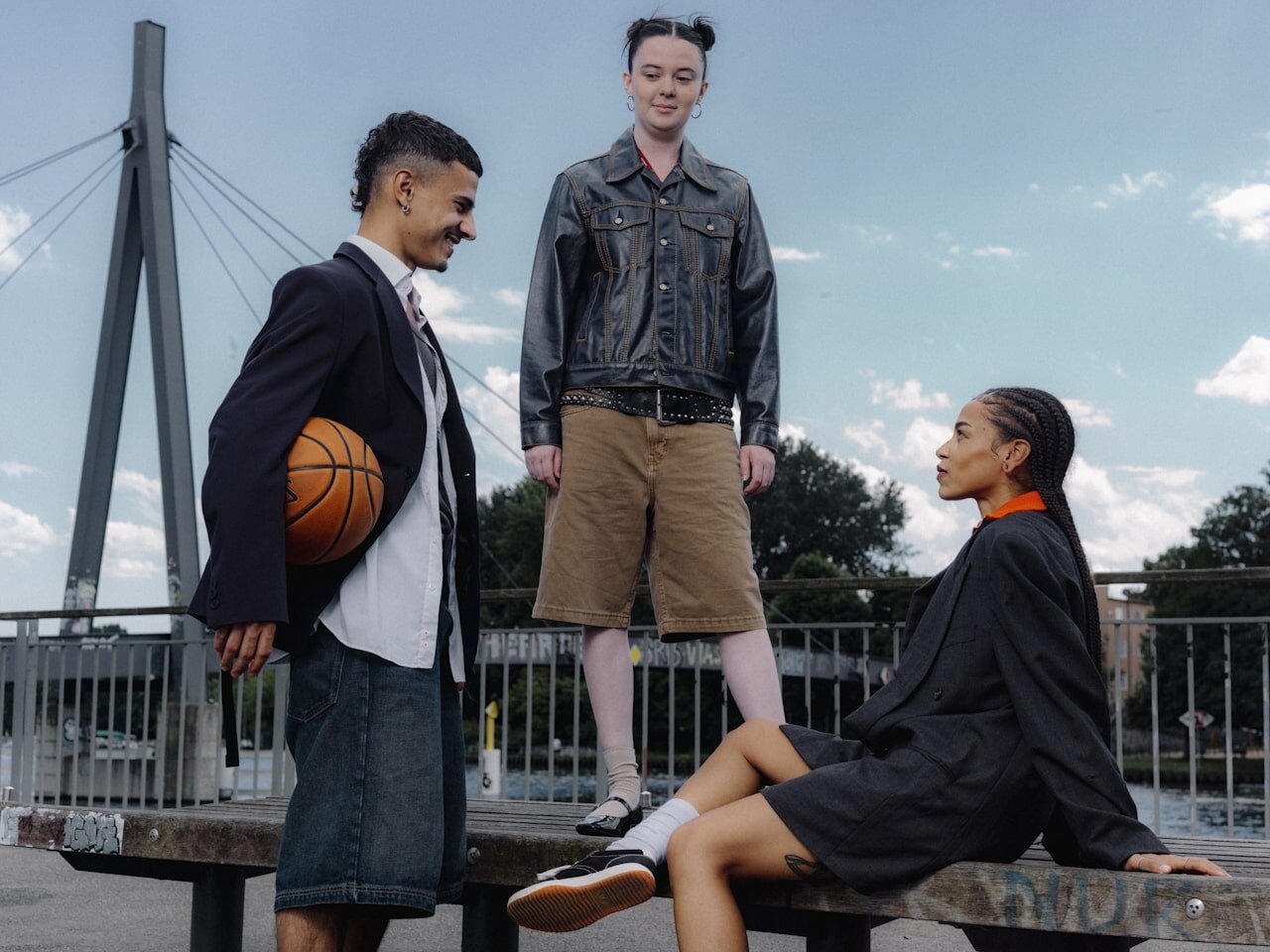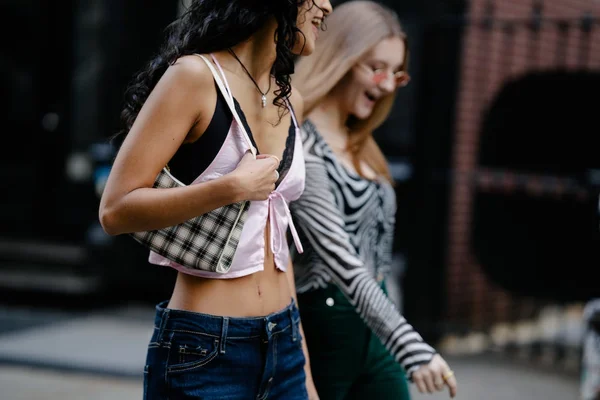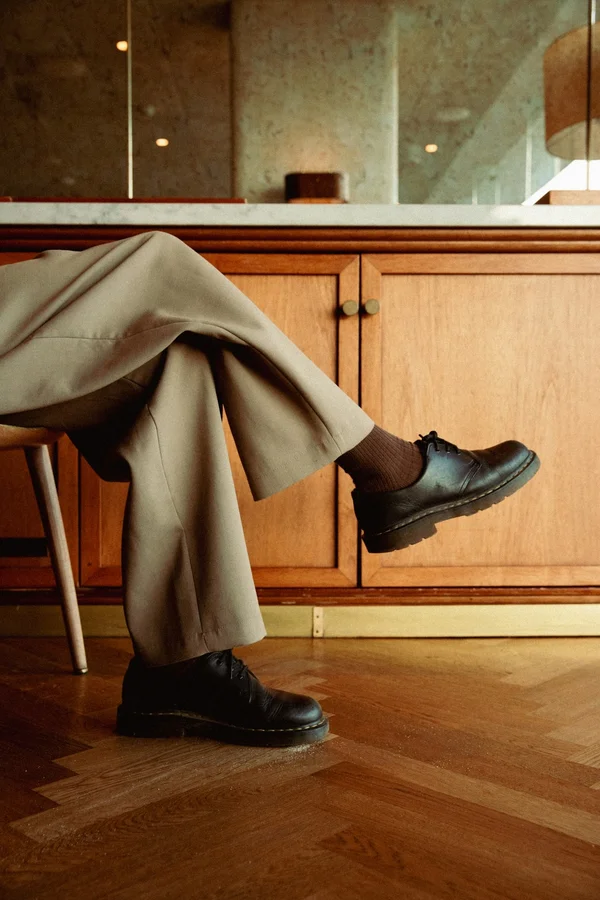Exploring global perceptions of sustainable fashion
By Florenne Earle Ledger published 17/09/2024

With Second-hand September in full swing, it’s easy to believe that the world of preloved fashion is booming and everyone shops second-hand.
A 2024 report commissioned by ThredUp revealed that 67% of millennials in the UK shop second-hand. Another told us that 75% of Gen Zs are shopping second-hand, with 37% reselling their clothes online. It’s not just our shopping habits, the financial strain inflicted by the cost of living crisis has led more people to seek good deals and find ways to earn money, contributing to the rise in clothing resale and general positive perception of second-hand clothing.
Whilst the numbers look promising, the way we consume fashion is still heavily driven by fast fashion brands and marketing ploys convincing us to spend, spend, spend.
Considering there is a staggering 61.8m Shein items for sale on Vinted and the fact that resale platforms like Vestiaire Collective have banned sellers from getting rid of their old fast fashion items on their platform (ruling out brands including Mango, Zara and Gap), it’s clear there is still a huge market for unethical brands that isn’t getting any smaller.
These numbers show the vast amount of fast fashion clothes in circulation due to the buy-use-dispose model so many of us fall victim to, buying clothes we don’t need and getting bored of them after little to no wear.

A scandal with H&M’s recycling scheme exposed the brand taking greenwashing to a new level by not recycling any of the clothes delivered to their recycling collection points. Even when we take matters into our own hands and donate clothes to a charity shop, it doesn't guarantee our garments get another life. Greenpeace shared that as little as 10-30% of donated clothing is resold in the country where it was collected. Sadly, circular fashion is often not circular at all– the UK, USA and large parts of Europe continue to dump hundreds of tonnes of clothing waste elsewhere, mostly in East and West Africa and Eastern Europe.
On the surface, it seems like the second-hand fashion scene is growing exponentially, but a lot of the major resale platforms haven’t actually made any profit yet, and clothing waste continues to pile up in the Global South and the Global North, as they are forced to pay the price for our over consumption.
We need to change how we consume, rather than translate the same habits of impulse buying to the second-hand industry (which doesn't lower textile waste).

Regardless of this reality, there has been a trend of positive changes around the world which will hopefully snowball into a bigger shift in shopping habits.
France is paving the way for European countries by considering putting a fine on fast fashion advertisers, following their decision to subsidise the cost of clothing repairs last winter. Across the pond in the USA, California has advanced a bill to hold fast fashion accountable for its waste.
Eager to find out more about how preloved clothes are becoming more popular and sustainable initiatives are taking off around the world, we turned to our global community and asked them to share what their local area thinks of vintage and preloved fashion.
In Europe, it seems like more people are warming to second-hand clothing and becoming more aware of the need to shop preloved rather than buying new.
Vilborg -📍Reykjavík, Iceland
"Vintage stores are getting bigger and bigger here. So people are more aware of what they're buying which is good, but the stores are getting a bit more expensive."
Hanna -📍Leuven, Belgium
"For Poland (where I’m from), I think that people experiment more because a lot of shops ended up being launched in central eastern Europe a lot later than in Western Europe and the UK and North America in general so people are experimenting a lot. There are a lot of people who like thrifting clothes and wearing different oversized clothes. The majority of my clothes are second-hand, I rarely ever buy new clothes."
Kateryna -📍Kyiv, Ukraine
"Vintage things often have much nicer feel than modern ones. That's why I just like to combine them. I think it’s very important not just to go forward but to understand where you coming from, what's your history? What's your tradition?"
Tove -📍Sweden
"I think the whole point of second-hand clothes is that they’re supposed to be cheap and affordable to keep them from ending up in landfill. I think it's great that so many people are getting into thrifting and vintage clothing."
On the other side of the world in Australia, creative communities continue to champion second-hand style:
Celina -📍Melbourne, Australia
"I think in Melbourne one of the most well-known suburbs for its fashion and art is the Fitzroy area and that is sort of characterized by that sort of grungy style- people love vintage, people love thrifting."
We’re proud of our sustainable community pushing for a fairer future of fashion by lowering consumption, wearing clothes they already own, and shopping second-hand.
How does your community perceive preloved clothes? Get in touch and let us know by emailing team@whering.co.uk.
Something on your mind?
Share your thoughts with Whering community.
If you have an idea for an article around fashion, culture, environment, news, wellness, shopping or DIY, submit a pitch to us!



